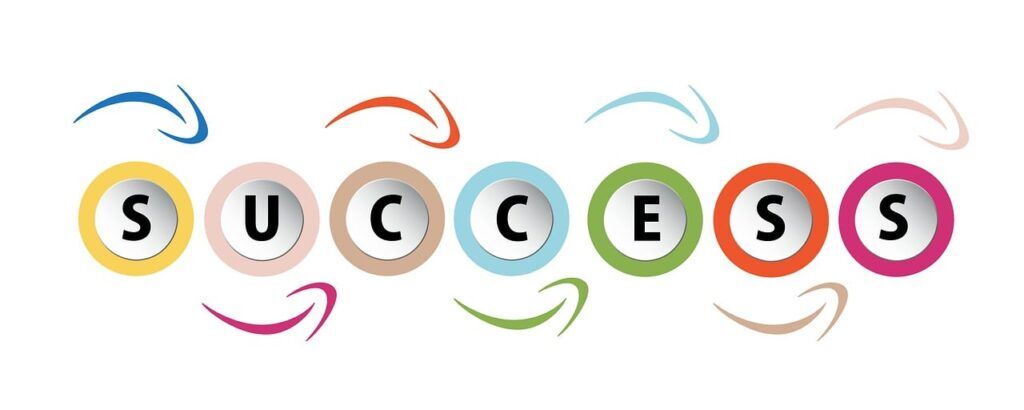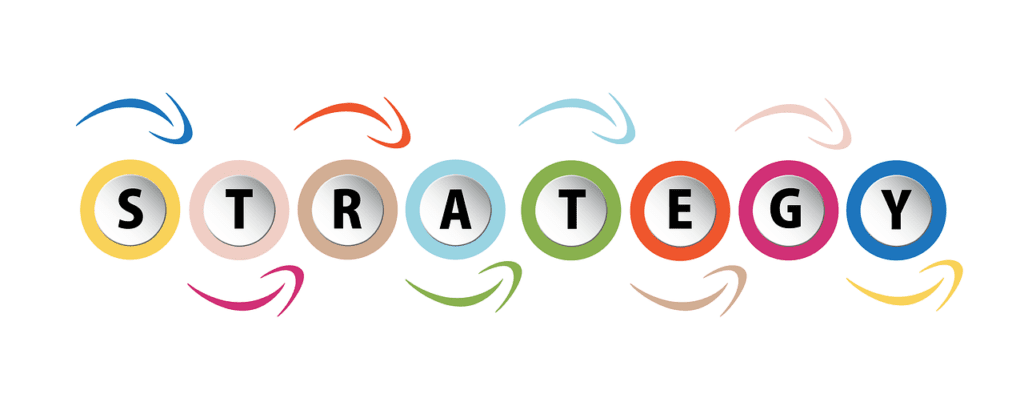
In “Leading the Way: Crafting Your Personalized Leadership Development Plan”, an empowering journey towards personal growth and effective leadership is awaiting you. This comprehensive guide offers practical insights into how you can sculpt a leadership development plan that aligns with your unique strengths, aspirations, and life experiences. Unleash your potential as you navigate through leadership development concepts and strategies meticulously designed to help you evolve into the leader you’ve always envisioned yourself to be.

Several assessment tools, like 360-degree feedback, DISC, or StrengthsFinder, can provide valuable insights into your leadership skills. They offer in-depth analyses of your behaviors, competencies, and potential, aiding you in creating an effective leadership development plan.
Setting clear and tangible goals is an essential step in your leadership development journey.
Clear goals provide a roadmap for your development, giving you something concrete to work towards. They provide motivation and help track your progress.
Through self-assessment and feedback from others, you can identify areas for improvement. These areas should form the basis of your short and long-term goals.
Short-term goals serve as stepping stones towards achieving your long-term goals. Both should align with your overall vision of becoming a better leader.
SMART (Specific, Measurable, Achievable, Relevant, Time-bound) goal-setting is highly effective. The SMART framework ensures your goals are clear, realistic, and achievable within a defined timeframe.
Your leadership development plan should be personalized and designed to help you achieve your unique leadership goals.
Crafting a vision for your leadership journey helps you stay focused and motivated. Your vision should articulate the kind of leader you aspire to be and what you hope to achieve.
Identify the skills and competencies you need to develop to achieve your leadership goals. These could be communication skills, emotional intelligence, strategic planning skills and more.
With your vision and necessary skills identified, it’s time to devise actionable steps. These steps should outline how and when you will develop the required skills.
You’ll need to allocate resources (training, coaching) and time to actualize your plan. A realistic timetable helps ensure you stay on track.
Regularly reviewing your progress is crucial. This can help you determine whether your plan is leading you towards your goals, or if adjustments are needed.

Online learning allows for flexibility; you can learn at your own pace and choose courses that best suit your personal development needs.
These platforms provide opportunities for learning from seasoned leaders, sharing experiences, and expanding your professional network.
Mentors and coaches can provide guidance, offer valuable insights, and help you refine your leadership skills.
Your leadership development journey will be more successful with a robust support network in place.
A support network provides emotional backing, constructive feedback, and useful advice.
Identifying mentors and advisors who can guide you and offer insights is key to your leadership development journey.
Peers and colleagues can provide different perspectives, share experiences, and offer feedback – all necessary for your development as a leader.
A mastermind group consist of like-minded individuals who meet regularly to brainstorm, share ideas, and support each other.
Online communities and forums offer a platform where you can learn from others, share your experiences and seek advice.

A wealth of knowledge can be found in books and academic articles. Make it a habit to read and study leadership literature.
New experiences and challenges can provide practical learning opportunities. They can help you refine your skills and learn new ones.
Reflecting on your experiences helps cement your learning and gain insights into your growth.
Leadership moves with challenges, understanding these challenges and developing strategies to navigate them is critical for your leadership journey.
Common leadership challenges include decision-making, managing conflict, time management, and team building. Identifying these challenges helps you develop strategies to navigate them.
Having a proactive approach to managing challenges will help you resolve issues promptly and prevent escalation.
Resilience and emotional intelligence are key to handling and recovering from setbacks or adversities.
When dealing with challenges, don’t be afraid to seek help or guidance. Leverage your support network.
Failure and adversity provide valuable lessons. Each setback is an opportunity for growth and improvement.
A leadership development plan is not static; it will need evaluation and adjustments.
Evaluation helps assess the effectiveness of your plan and reflection enables you to draw lessons and insights from your journey.
Your plan’s effectiveness can be assessed based on your progress towards your goals, the skills you’ve gained, and the improvement in your leadership capacity.
Look out for areas in your plan that aren’t yielding desired results. They may need rework or replacement.
Don’t be afraid to make changes to your plan. The goal is to keep improving and growing, your plan should facilitate this.
Maintaining an adaptive and growth mindset is key. It implies you’re open to change, willing to learn and committed to improving. With this mindset, your leadership development journey will be fulfilling.
(Visited 96 times, 1 visits today)